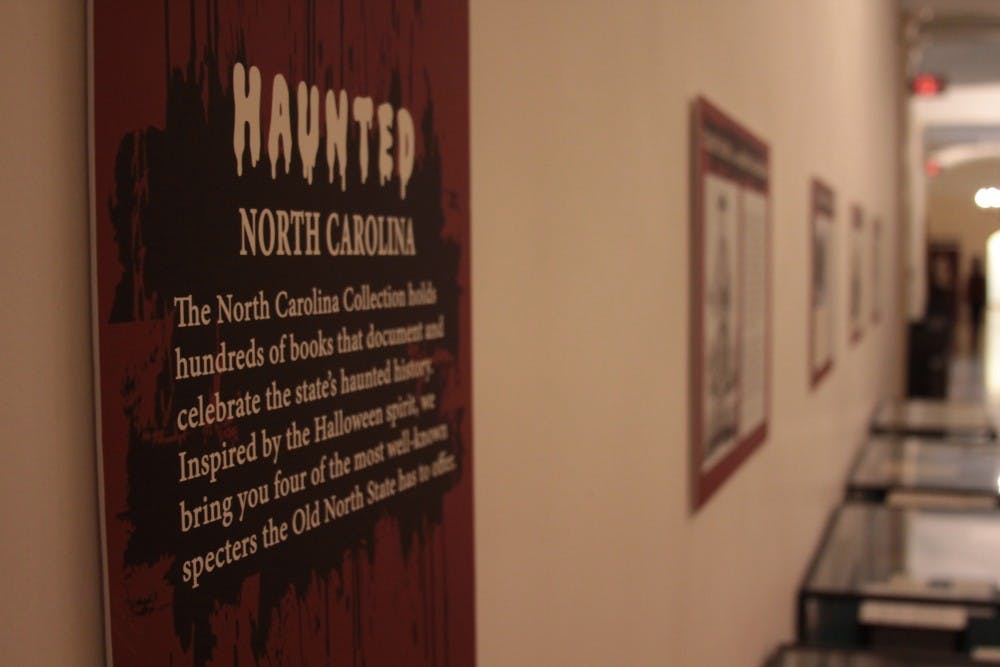Halloween is less than a week away, as all people are presumably aware of from the decorations, candy and costumes at every store. Yes, Halloween, as in the annual holiday where everybody dresses up and gets a sugar high without really knowing why.
Halloween, originally called All Hallows' Eve, dates back centuries to a Celtic festival complete with bonfires and costumes to scare away ghosts.
In honor of the festivities, The Daily Tar Heel has asked several UNC professors to recount some of their favorite scary stories, legends and folklores from other cultures.
Professor Richard Langston from the Department of Germanic & Slavic Languages and Literatures recommended “The Willful Child,” by Jacob and Wilhelm Grimm.
Before reading the story, he explained that in the original German, the word for willful is "eigensinnig,"a difficult word to translate that roughly translates to "stubborn" or "obstinate."
The story recounts the life of a young boy who failed to follow his mother’s orders. He was therefore punished by God, fell ill and died shortly after. After his body had been buried, one of his arms shot out from beneath the earth. It was covered with more dirt, but he raised the arm again. After this cycle had repeated itself, the boy’s mother personally beat the arm until it no longer could stay up.
“What a horrible story about a horrible mother and a horrible God," Langston said. "How could a child not be afraid of a parent — and God for that matter — after hearing this story? Telling it was in a way demanding full compliance on the part of a child. Don’t cross me, or you’ll end up like the stubborn child!”
Cristóbal Clemente, a Ph.D. student who teaches in the Department of Romance Studies, shared a few stories he remembered from Seville, Spain.
He recalled one story in particular, in which a rich, vain and cruel nobleman from Seville followed a casket procession in the streets to see who was being buried. However, when he reached the casket and looked inside, he saw himself. The fright of seeing himself in the casket made him rethink life and change his horrible ways.



